
menu
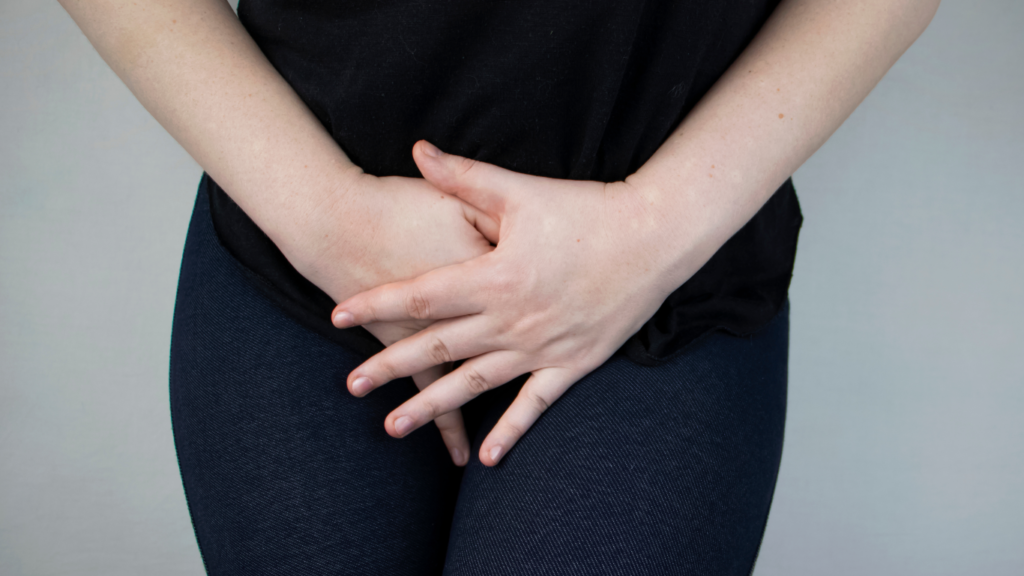
Dyspareunia is the medical term for painful intercourse and refers to pain in the genitals associated with intercourse. This pain can vary in location and severity, and can be experienced during and/or after intercourse. Pain is sometimes experienced at the vaginal entrance when penetration is attempted and can be related to sensitivity of the tissues …
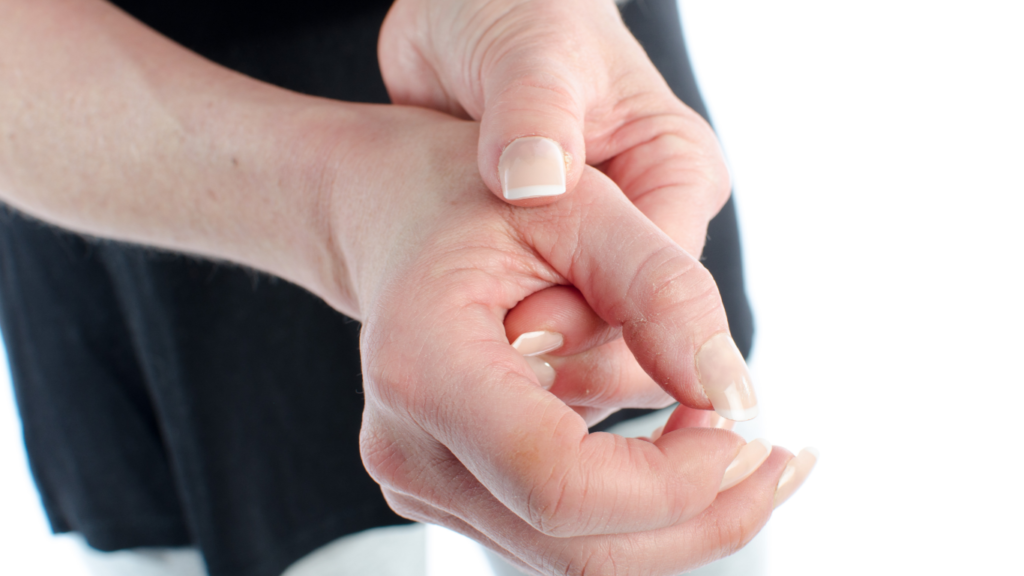
De Quervain’s tenosynovitis is the inflammation and irritation of the tendon sheath (the clingwrap like covering) surrounding two of our thumb tendons (the extensor pollicis brevis and abductor pollicis longus). Typically De Quervain’s occurs when there are repetitive movements of the wrist and thumb, such as caring for a new baby, repetitive manual tasks, or …
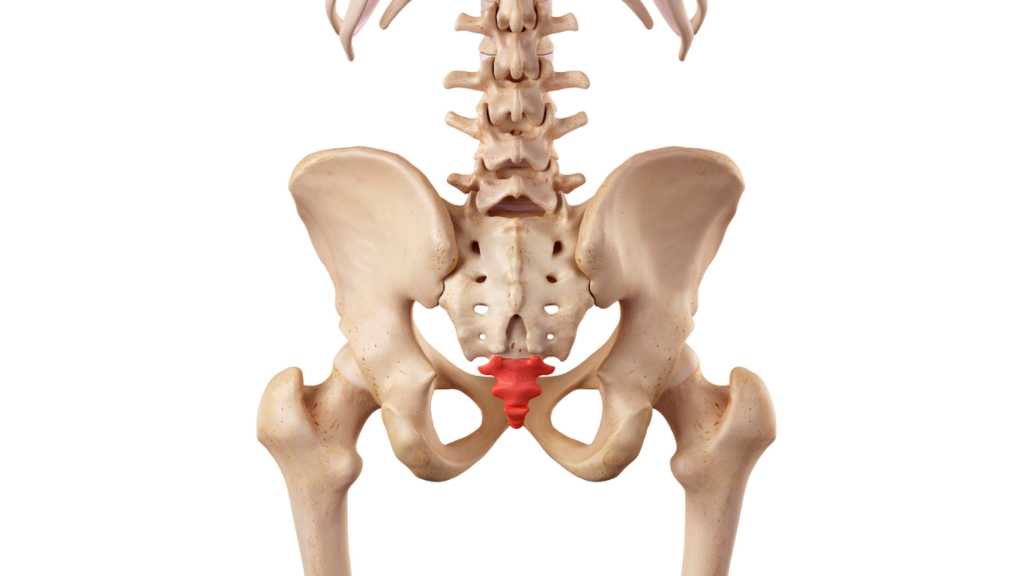
Coccydynia is the medical term for pain experienced in the tailbone and can be quite a debilitating condition! Typically coccydynia occurs following trauma to the tailbone, such as landing on your bottom during a fall, or following labour and childbirth. Sometimes it can be as simple as having changed your sitting habits, or having spent …
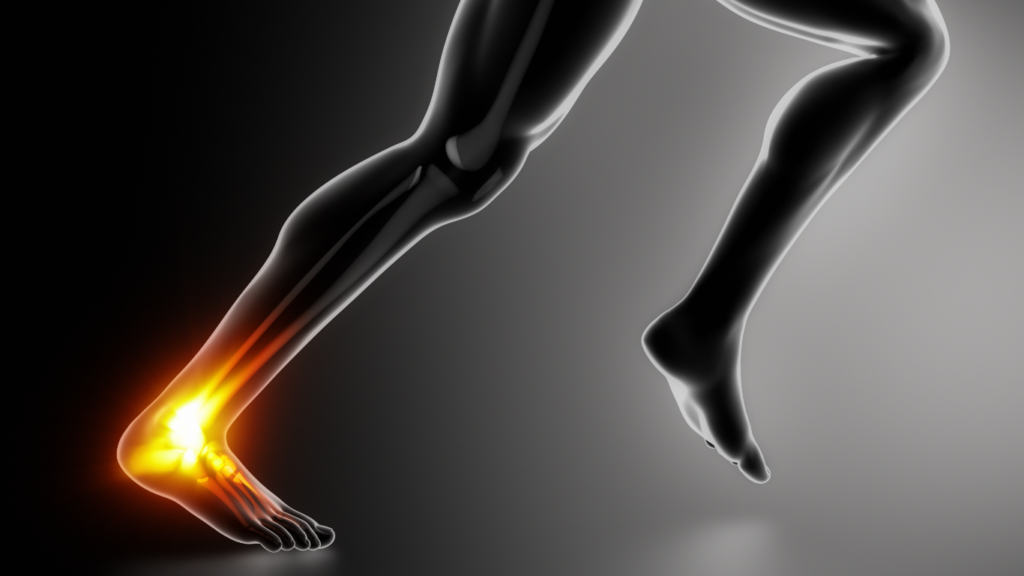
Achilles tendinopathy (formerly Achilles tendinitis or Achilles tendinosis) refers to pain at the back of the ankle or heel due to pathology and dysfunction of the Achilles tendon. The pain is felt during use or stretch of the calf muscle and Achilles tendon. It is often worse after a period of inactivity (e.g. first thing …
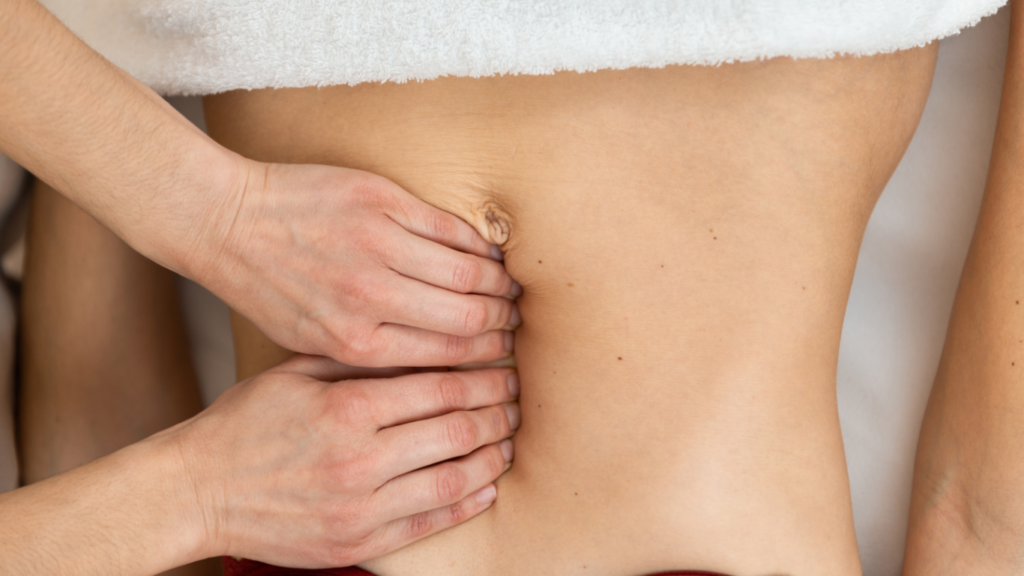
Abdominal separation (also know as rectus diastasis – RAD, or diastasis of the rectus abdominal muscles – DRAM) is a normal part of pregnancy and occurs when the left and right rectus abdominus muscles spread apart to make space for the growing fetus. Almost 100% of women will have abdominal separation by the end of …
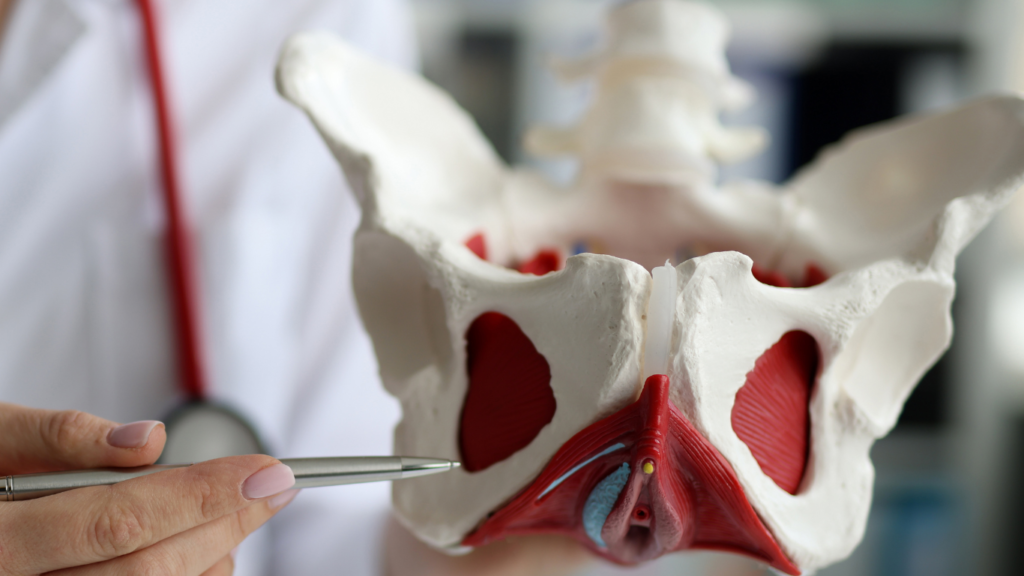
Childbirth is an amazing process both physically and emotionally, and requires our bodies to work in ways that differ from our usual day to day function. If you are planning on having a vaginal delivery then consulting with a Physiotherapist trained in Women’s Health can assist you in preparing for childbirth to optimise your birthing experience and your post-partum recovery.
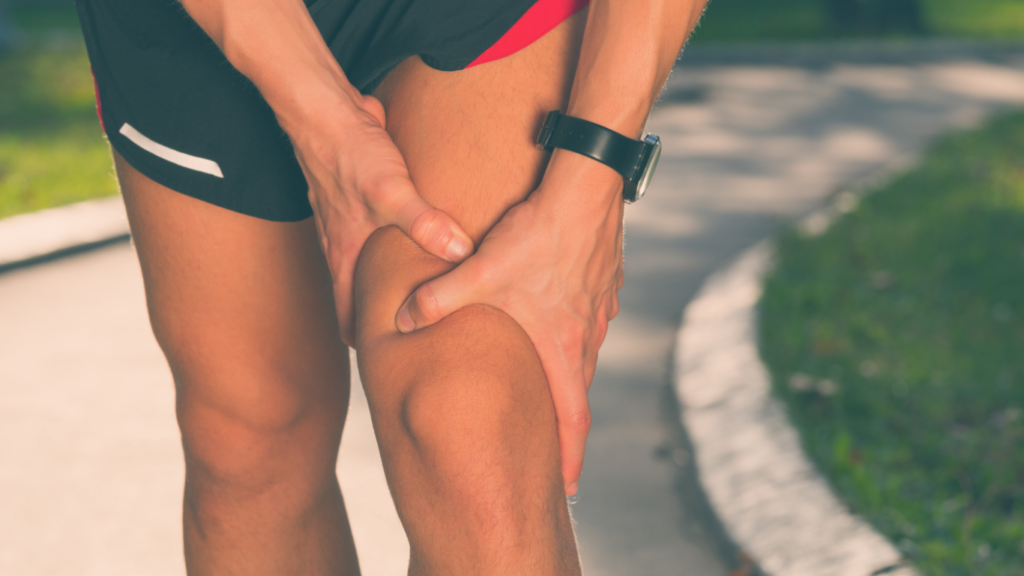
ACL (Anterior Cruciate Ligament) injuries are fairly common in both the sporting and general population. The ACL is one of the main stabilising ligaments of the knee and helps to control movement of the shin bone relative to the thigh bone. The ACL also has a role in joint position sense – letting our brain know where our knee is in space.

Benign Paroxysmal Positional Vertigo (BPPV) is the most common form of dizziness affecting adults. It often comes on suddenly, and doesn’t always have an obvious inciting incident. It can be caused by trauma to the inner ear (such as a hit to the side of the head), associated with a cold or other upper respiratory tract infection, or come on for no particular reason at all!
Input your search keywords and press Enter.